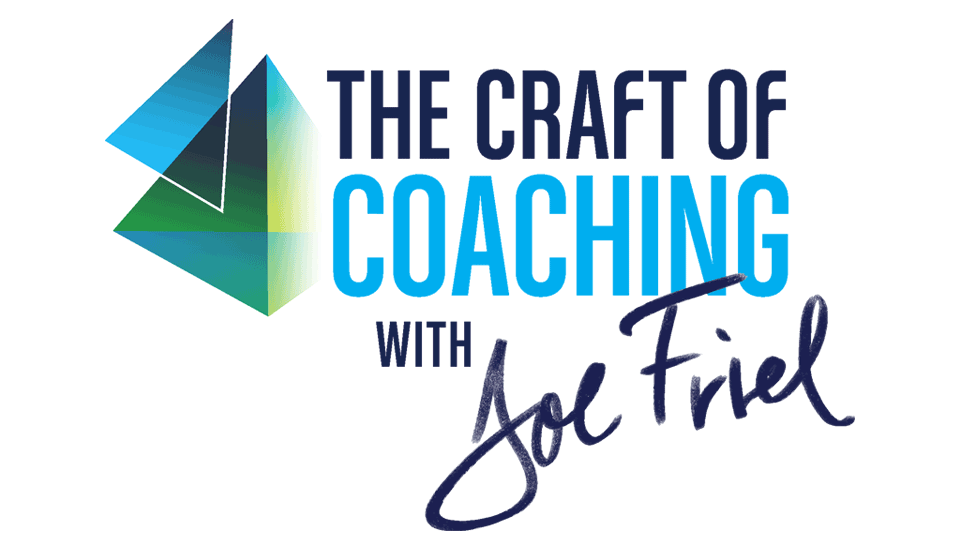Upgrade Your Gear & Tech Knowledge
Joe Friel describes the evolution of sports tech, explains how to keep up with new advancements, and offers tips on improving technological knowledge.
Joe Friel describes the evolution of sports tech, explains how to keep up with new advancements, and offers tips on improving technological knowledge.
